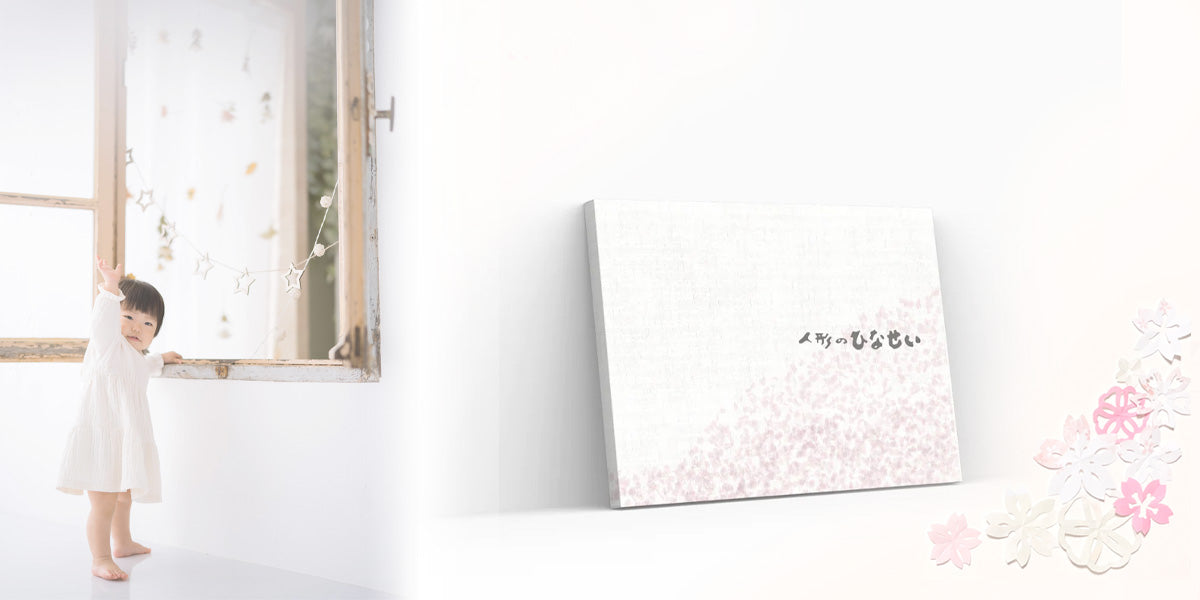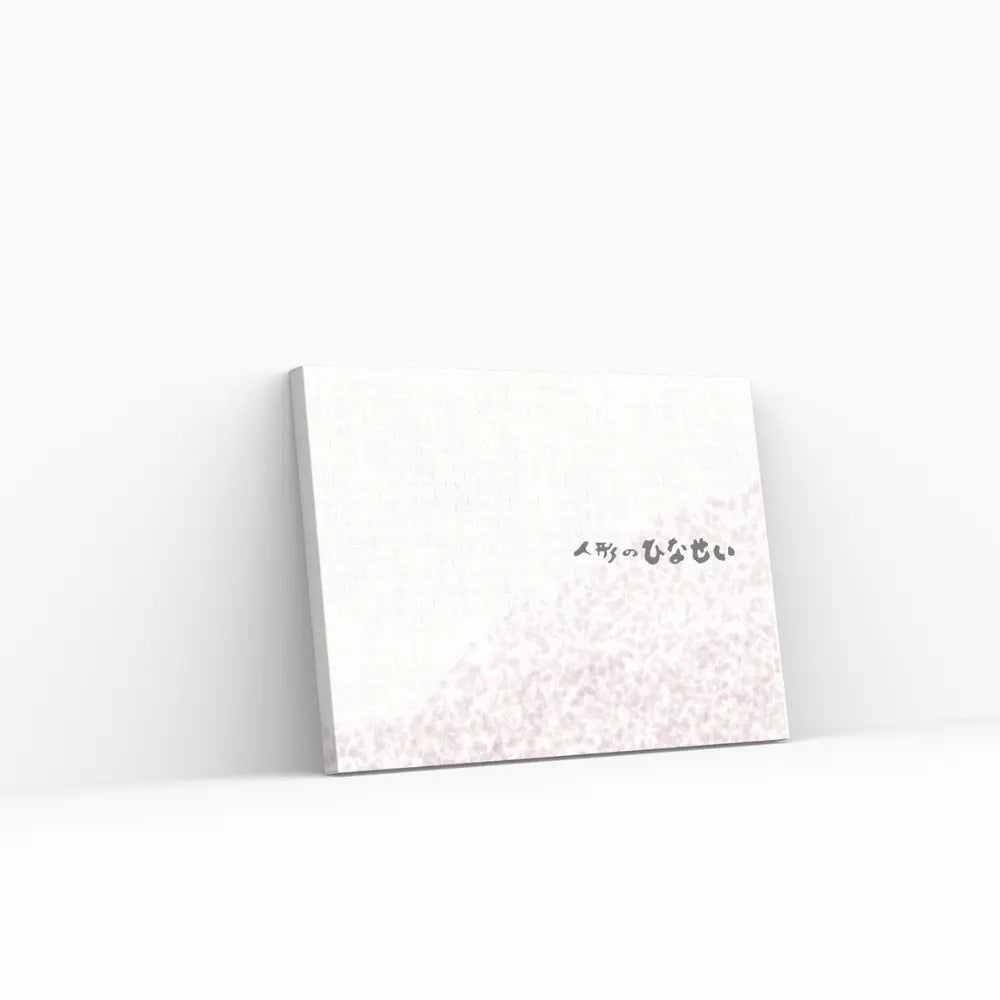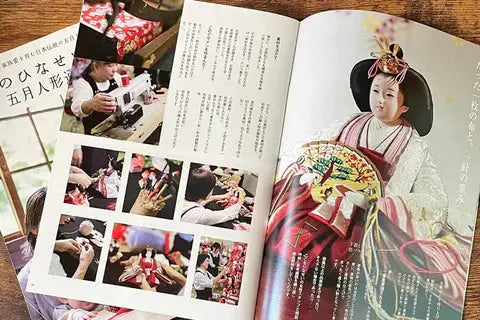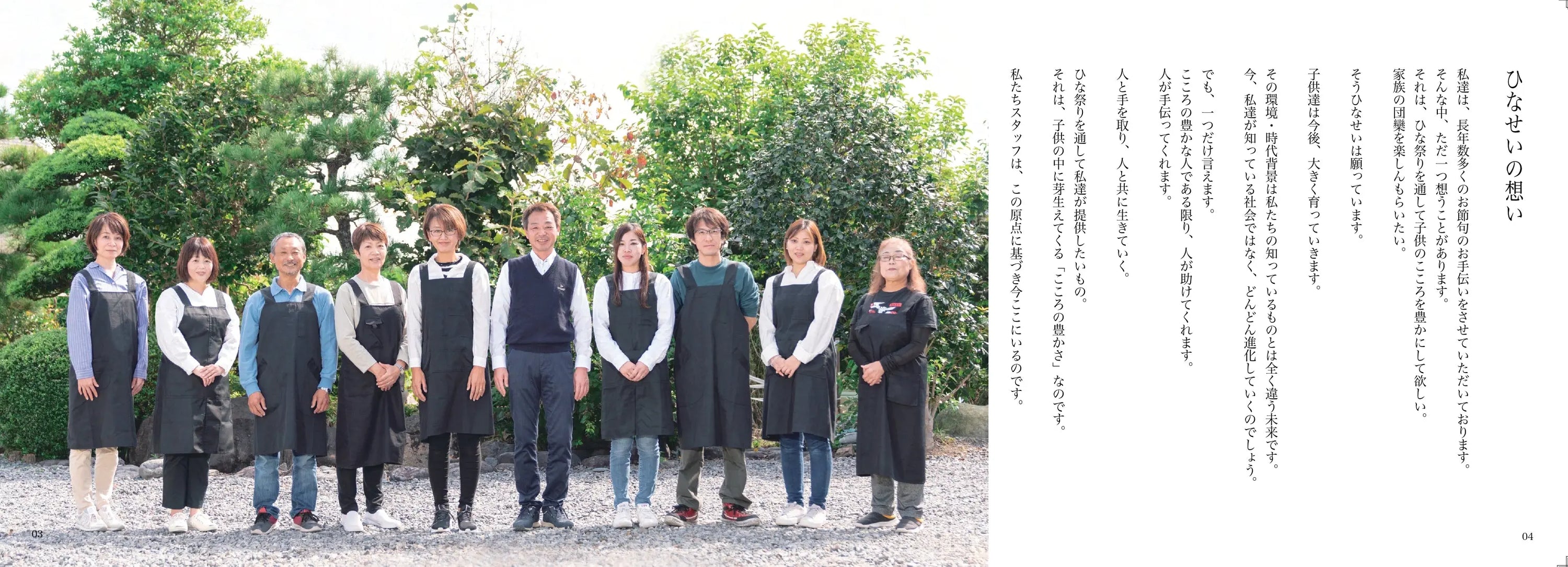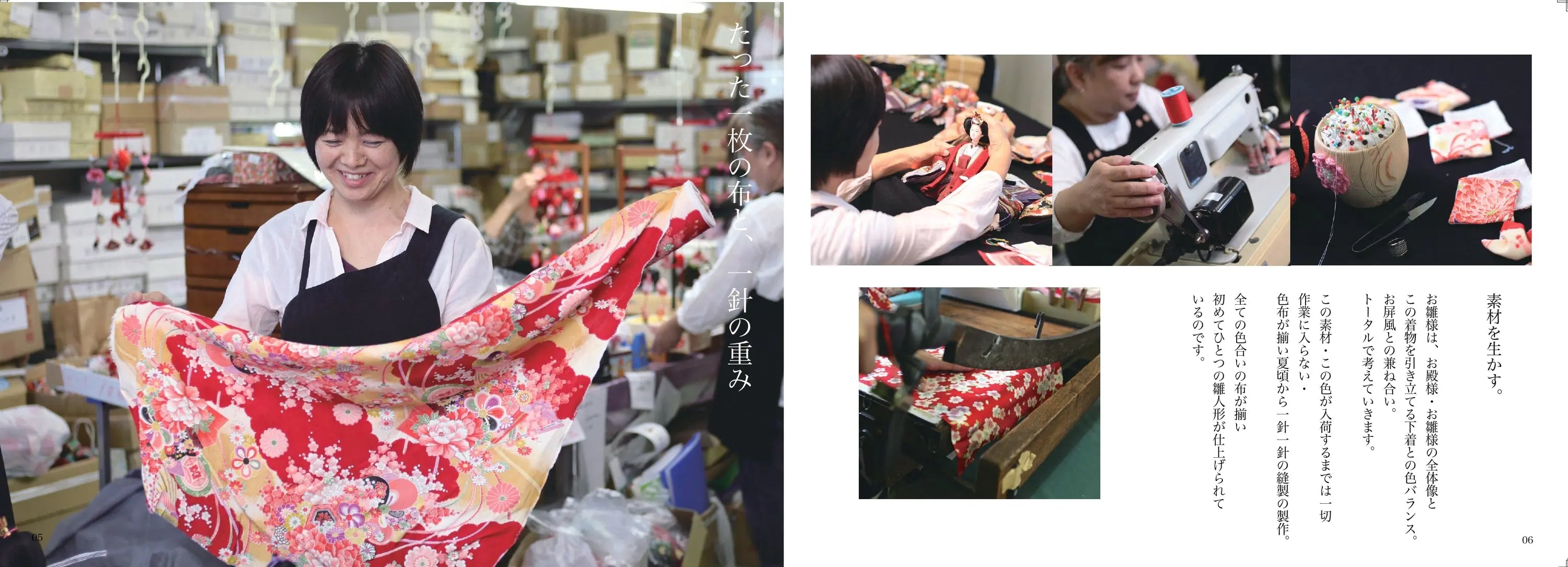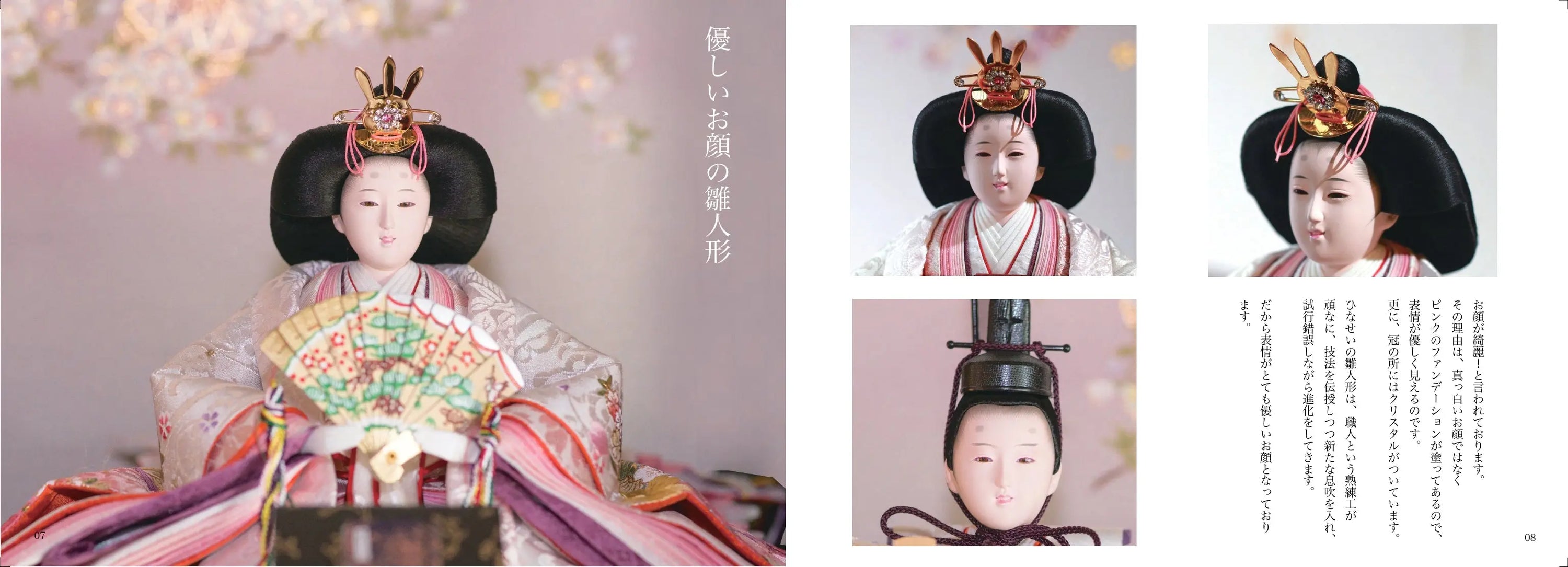Explaining the traditional Japanese event "Mid-Autumn Festival (Jugoya)" in 2025!
From the origin, meaning, how to enjoy it, and even Tsukimi Dango
As the hot summer passes and the nights gradually become more comfortable, the traditional Japanese event of "Jugoya" arrives.

Buns and the moon.
It's also a day to enjoy Japanese culture while watching the autumn night view.
What is the "Mid-Autumn Moon (Full Moon)"?
---- table of contents ----
Click below to jump
6. Even a child can understand! The meaning of the Full Moon ~ How to enjoy the harvest moon ~
9. Ideas for School Jugoya Events - Successful Examples and Easy Methods | Mid-Autumn Festival
10. Enjoy the Full Moon Festival in Kyoto - Must-See Shrines and Events | Mid-Autumn Festival

A thorough explanation of the 15th night of the lunar month! The unknown origin and deep meaning
The origin and deeper meaning of the Mid-Autumn Moon (the 15th night)
The 15th night of the lunar month is a traditional Japanese autumn event that celebrates the harvest moon.
This event has a long history dating back to the Heian period .
It has been performed mainly as a prayer for good harvests.
The culture of viewing the full moon was introduced from China and developed independently in Japan.
In particular, the full moon at this time is said to be the most beautiful ,
It is customary to watch the moon with family and friends.
On the night of the full moon (the fifteenth night of the month), offerings of Japanese pampas grass and dumplings are made to express gratitude for the blessings of nature .
This event also includes a prayer for the health of the family .
Quiet time spent watching the moon is considered important.
A professional's guide! Easy recipe for delicious Tsukimi Dango at home for the fifteenth night of the lunar month
Easy Tsukimi Dango Recipe for the Mid-Autumn Moon (Jugoya)
Tsukimi dango is a Japanese sweet that is essential when celebrating the harvest moon (the full moon of the full moon) .
These dumplings are made from shiratama flour and water and are easy to make, so you can enjoy them at home.
To achieve a smooth texture , it is important to add water little by little while kneading .
When shaping the dough, wet your hands with water and roll it into a ball to get a nice shape.
Boil the dumplings, then cool them and offer them together with the pampas grass.
After the offering, the family can eat together and enjoy the atmosphere of the Full Moon Festival .
Enjoy the traditional taste of Tsukimi Dango with your family with this easy to make recipe.

You're missing out if you don't know! The correct way to decorate and the meaning of Susuki grass on the night of the full moon
How to decorate with Japanese pampas grass for the 15th night of the lunar month | Harvest Moon
The reason why susuki grass is used to decorate on the fifteenth night of the full moon is because it is used as a substitute for rice ears and is a prayer for a good harvest .
It is also believed that silver grass has warding properties , and its sharp leaves are said to ward off evil spirits .
The correct way to decorate is to place the susuki grass in a place where you can see the moon and offer it together with rice dumplings .
There is also a custom of hanging pampas grass at the entrance or eaves of one's home to pray for the health and safety of one's family.
In this way, pampas grass is not just a decoration, but also plays an important role in protecting the home .
On the fifteenth night of the lunar month, let's cherish traditions.
Did you know there is also a "Thirteenth Night"?
The Difference Between the 15th Night and the 13th Night | Mid-Autumn Moon
Both the 15th night and the 13th night are traditional events for admiring the moon , but they each have different meanings.
The fifteenth night of the month is known as the "Mid-Autumn Festival" and is celebrated to celebrate a bountiful autumn harvest .
On the other hand, the 13th night is a custom unique to Japan, and is an event enjoyed as the "later moon."
It is customary to offer chestnuts and beans on the thirteenth night of the lunar month, which helps to avoid "one-sided moon viewing" and brings good luck.
Celebrating both events allows you to fully experience the Japanese autumn atmosphere and pray for good fortune at home.
By understanding these events and enjoying both, you will gain a deeper sense of the seasons.

Jugoya customs and must-see festival spots across Japan
Full Moon Festival: Customs and Festival Spots
Each region in Japan has its own unique customs for the fifteenth night of the lunar month .
For example, in the Kansai region , Tsukimi Dango have a unique shape and you can enjoy different flavors in each region .
In the Kanto region , there is a custom called "Imo Meigetsu," in which taro and chestnuts are offered along with Japanese pampas grass, and this is a popular event celebrating the autumn harvest .
Traditional festivals held all over the country are also held around the same time as the full moon.
It is a must-see spot for tourists.
By visiting these unique local customs and festivals, you will be able to experience autumn in Japan more deeply.
Fun for kids too! The meaning of Jugoya and how to spend it
How to Spend the Full Moon Festival for Children | Mid-Autumn Festival
The Full Moon Festival is a fun event that is easy for children to understand.
When teaching the meaning of this event, we use the word "Otsukimi" and
Let them know that it's important to look at the moon and express gratitude.
You can also learn about the tradition by making Tsukimi Dango together as a family, which is a fun experience.
Through the process of making dango , children can experience Japanese culture and strengthen family bonds.
Also, on the night of the full moon, we set aside time to observe the moon , and we express our gratitude to nature.
It can also stimulate scientific interest.
In this way, you can spend the night of the full moon having fun while learning .
It will be a special memory for the children too.

Delicious! How to enjoy traditional food and drinks on the night of the 15th month
Traditional Food and Drinks on the Full Moon | Mid-Autumn Festival
Traditional cuisine for the Mid-Autumn Festival (the 15th night of the lunar month) is centered around special dishes to celebrate the autumn harvest.
For example, Tsukimi dango , chestnut rice, and roasted sweet potatoes are some of the dishes enjoyed during this time of year.
Sake and moon-viewing sake are also important elements that add color to the night of the full moon.
Chilled sake is especially perfect for enjoying while gazing at the moon.
Along with traditional cuisine , you can enjoy dishes made with seasonal ingredients to fully experience the feeling of the seasons.
Enjoy delicious food and drinks with family and friends,
Taking the time to slowly admire the moon is a luxurious way to spend autumn in Japan .
A must-see spectacular view! Techniques for photographing the full moon on the fifteenth night of the lunar month
Full Moon Photo Spots | Harvest Moon
Viewing the harvest moon (the full moon of the full moon) is also a great subject for photography enthusiasts.
To capture beautiful images of the moon, it is important to adjust the amount of light and set the exposure .
Especially right after the moon rises or just before it sets ,
The soft light illuminates the moon beautifully, allowing you to take fantastic photos.
Additionally, using a tripod to stabilize your camera will help ensure clear, blur-free images.
Even with a smartphone camera , you can adjust the exposure to your photos.
You can easily take beautiful photos of the moon.
Furthermore, by taking a photo with the scenery , you can create a work that evokes the changing of the seasons.
Use these techniques to capture the full moon night in a more beautiful way.

Easy to do! Ideas and success stories for school Jugoya events
School Event Ideas for the Mid-Autumn Festival
The Mid-Autumn Festival event at school is a great opportunity to learn about traditional culture in an educational setting.
For example, there are workshops to make moon-viewing dumplings and activities to decorate Japanese pampas grass .
There are lots of ideas for children to learn through experience.
In addition, by using picture books to introduce the origins of the Full Moon Festival ,
It is easy for children to understand and relate to.
As a successful example of an event, we collaborated with local traditional events ,
It is also effective to incorporate programs that involve actually participating in local festivals.
Furthermore, holding a moon observation event can stimulate interest in natural science.
Use these ideas to make your school's Jugoya event a success.
Enjoy the Full Moon Festival in Kyoto! Must-See Shrines and Events
In Kyoto The Mid-Autumn Moon (Jugoya) and Must-See Events
Kyoto offers a special experience in a traditional atmosphere.
Heian Shrine and Yasaka Shrine are famous shrines that you definitely want to visit .
Both festivals have special celebrations for the fifteenth night.
These shrines, along with their beautiful gardens and historical buildings ,
You can enjoy the moon and fully experience the autumn atmosphere of Kyoto .
Additionally, in Gion and Arashiyama , moon-viewing events are held where locals and tourists can enjoy together.
At night, the illuminated temples and shrines create a magical atmosphere.
By participating in these events, you will be able to fully enjoy the Full Moon Festival in Kyoto.

Also, if you want to know about other annual events, customs, and festivals in Japan,
" Learn more about traditional Japanese cultural annual events "



